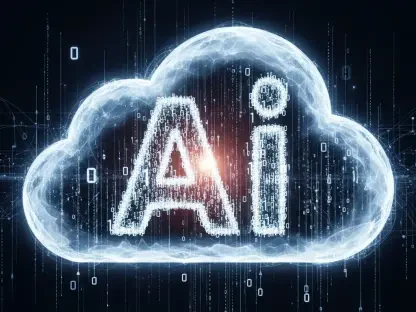The world of software development stands on the precipice of transformation as the integration of AI-driven tools rapidly evolves development practices. Among the critical players reshaping this landscape is Amazon’s Kiro IDE, a cutting-edge Integrated Development Environment that promises to revolutionize how software is built, deployed, and maintained. By offering an innovative blend of specification-driven development, intelligent automation systems, and adaptive user interfaces, Kiro marks a significant departure from conventional methods, setting new standards for modern IDEs.
Current Landscape of Software Development
Software development today is characterized by a mix of rapid technological advancements and challenges. At its core, the industry relies on Integrated Development Environments (IDEs) to facilitate code writing and software maintenance. Recent technological influences, such as AI and machine learning, have significantly impacted these environments, enhancing developer productivity and code quality. Major market players include well-established names like Microsoft with Visual Studio Code, JetBrains with IntelliJ IDEA, and new entrants like Kiro by Amazon.
Global regulations continue to shape the software development field, influencing how developers approach code construction and deployment. With increasing attention on data privacy, security, and compliance, regulations impose stricter requirements on development practices. These challenges necessitate a delicate balance between innovation and adherence to compliance standards.
Exploring Key Trends in Software Development
Technological Advances and Market Drivers
Emerging technologies are driving unprecedented efficiencies in software development. Automation tools and AI-driven solutions are revolutionizing workflows, minimizing manual intervention, and enabling developers to focus more on creativity and complex problem-solving. Developers increasingly favor tools that cater to their evolving expectations for flexibility, speed, and enhanced collaboration. Market competition and consumer demand for faster, high-quality software propel growth opportunities, encouraging continuous innovation.
Data-Driven Insights and Future Forecasts
Current market data indicates a robust trajectory for growth in the software development industry. New analytics highlight increases in developer productivity and reductions in time-to-market for delivering updates and new features. As AI tools, like Kiro, advance, software development’s landscape is projected to become more sophisticated, with increased emphasis on building scalable and well-documented systems. Future forecasts suggest an industry that will prioritize seamless integration and automation.
Navigating Industry Challenges
The software development industry faces various challenging terrains ranging from technological hurdles to regulatory compliance. Balancing the fast-paced nature of tech innovations with stringent regulatory requirements presents ongoing complexities. The industry must adopt strategic solutions, such as agile methodologies and continuous feedback loops, to overcome these obstacles. Sound risk management practices, focusing on security and compliance, will be vital to mitigating potential setbacks.
Regulatory Environment and Its Impact
The regulatory framework within which software development operates plays a crucial role in shaping industry practices. Key laws and compliance standards mandate security measures, impacting how developers approach building and deploying software. This regulatory environment drives the need for robust security protocols, affecting developers’ design decisions and resource allocation to ensure adherence.
Future Trajectories of AI-Driven Software Development
Emerging technologies present both opportunities and potential disruptors, influencing the future trajectory of software development. As consumer preferences evolve, areas promising growth include automation, real-time collaboration, and mobile-first development. The industry’s future will be influenced by ongoing innovation, regulatory shifts, and global economic conditions, fostering an era of continuous improvement and adaptation.
Conclusions and Strategic Recommendations
In light of the advancements and challenges documented, Kiro IDE epitomizes a significant leap forward in IDE technology, merging structured development methodologies and intelligent automation to streamline processes. The software development landscape must look to integrate such innovative solutions to enhance productivity while maintaining software quality. Future considerations involve leveraging AI-driven tools for continual improvement, adopting agile frameworks to stay ahead of regulatory demands, and investing in next-generation technology solutions to capture emerging market opportunities. As developers navigate these dynamic conditions, strategic adaptability will prove essential for sustained success in this evolving field.









